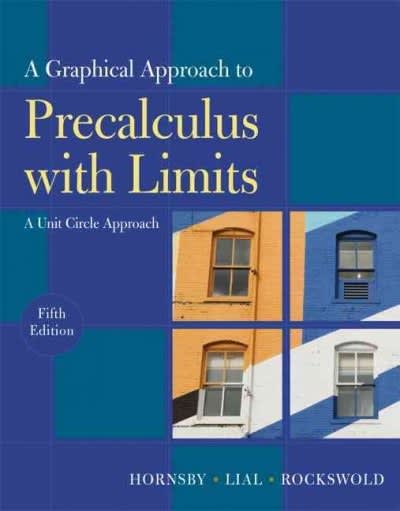Question
An investment analyst wants to examine the relationship between a mutual fund's return, its turnover rate, and its expense ratio. She randomly selects 10 mutual
An investment analyst wants to examine the relationship between a mutual fund's return, its turnover rate, and its expense ratio. She randomly selects 10 mutual funds and estimates: Return = 0 + 1Turnover + 2Expense + , where Return is the average five-year return (in %), Turnover is the annual holdings turnover (in %), Expense is the annual expense ratio (in %), and is the random error component. A portion of the regression results is shown in the accompanying table.
df | SS | MS | F | |
Regression | 2 | 93.33 | 46.67 | 4.90 |
Residual | 7 | 66.69 | 9.53 | |
Total | 9 | 160.02 | ||
Coefficients | Standard Error | t-stat | p-value | |
Intercept | 30.60 | 4.30 | 7.12 | 0.000 |
Turnover | 0.13 | 0.06 | 2.23 | 0.061 |
Expense | 0.90 | 4.08 | 0.22 | 0.831 |
a. Predict the return for a mutual fund that has an annual holdings turnover of 60% and an annual expense ratio of 1.5%.
b. Interpret the slope coefficient for the variable Expense.
c. Calculate the standard error of the estimate.
d. Calculate and interpret the coefficient of determination.
Step by Step Solution
There are 3 Steps involved in it
Step: 1

Get Instant Access to Expert-Tailored Solutions
See step-by-step solutions with expert insights and AI powered tools for academic success
Step: 2

Step: 3

Ace Your Homework with AI
Get the answers you need in no time with our AI-driven, step-by-step assistance
Get Started


